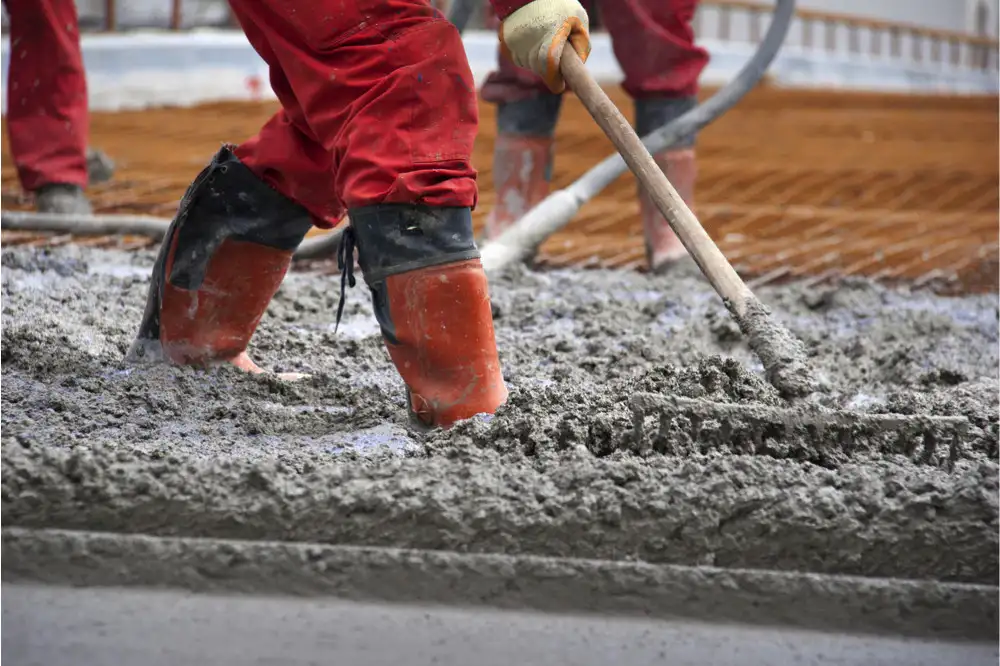Are you confused between the concepts of Cast-in-place concrete and precast concrete? These are two different methods that are quite popular for carrying out construction processes. The simple concept of Cast-in-place concrete is that it is moulded on-site into a permanent structure. Contrary to this, precast concrete is made in a controlled environment outside the working site. The place can be a factory or offsite location, and then it is transported to the on location where it is assembled and installed into the building.
Generally, according to the reports, cast-in-place concrete has been used at every site; precast concrete is also gaining popularity day by day due to its durability and efficiency. So, what is the reason behind that more builders and owners are moving towards the use of precast concrete? That is why we have written this article to discuss the differences between the types.
UNDERSTAND THE KEY CONCEPTS BEHIND THE USE OF CAST-IN-PLACE AND PRECAST CONCRETE TO PERFORM YOUR PROJECT WITH GREATER ACCURACY!
Cast-in-place concrete: Explained
Cast-in-place concrete is also known as site-cast. It is placed and solidified at the construction site in the finished concrete position.
Do you know what’s the best thing about it? It does not require any transportation. How cool is that? If you are working on a large-scale project, then cast-in-place concrete is suitable for you. Mainly, transportation is the reason behind it!
Purpose of using cast-in-place!
Cast-in-place concrete is used for different purposes, such as preparing foundations, basement walls, etc.
However, it is mostly used for:
- Foundations
- Slabs on grade
- Basement walls
- Shear walls
- Cores of high-rise buildings
- Retaining walls
- Pile caps
- Roadways
- Sidewalks
- Tunnels
- Tanks
- Dams
If you are planning to build any of these, it is better to secure your funds by hiring construction estimating experts from a well-known company.
Now, let’s discuss some pros and cons of cast-in-place concrete:
Advantages
- Cast-in-place concrete is flexible to use for all construction complexities. This means that concrete can be poured into any shape and size.
- It provides a single pour structure that is best suited to offer resistance to shear forces!
- As the mixture is prepared on site, it provides smoother and aesthetic finishes. There is no chance of imperfections as compared to precast concrete.
Disadvantages
- Cast-in-place concrete requires a large number of labourers to prepare the concrete mixture and then install it on site.
- The curing of the concrete takes a longer time, from days to weeks.
- If the weather is not suitable, it can take more time to cure.
What is precast concrete?
Precast concrete is created by pouring a cement mixture into a mould. It contains wire mesh, rebar, or even prestressed cable. However, the next step is to cure them in a controlled environment to get a quality material for construction purposes. The whole process is carried out off-site and then delivered to the location of the building.
Most commonly, precast concrete is best used in small to high-rise buildings, for example, apartments, hotels, motels, nursing homes, and office buildings. It also offers the best customization to all types of projects, whether it is small or large.
It is mostly used for:
- Bridge girders
- Wall panels
- Beams
- Columns
- Parking structures
- Stadium components
- Utility vaults
- Manholes
- Pipes
- Modular buildings
- Sound barriers
- Precast stairs
Precast concrete does not require any extra purchase to prepare the materials. The best thing about off-site casting is that it removes the on-site casting requirement, such as cardboard forms. As the construction sites are always rushy and there is hustle and bustle everywhere. So, precast concrete reduces that hassle and increases efficiency.
Plus, it is like a ready-made thing to use, which omits unnecessary time to set rebar, pour, vibrate concrete, etc. However, due to the elimination of these steps, a lot of time is saved and the cost of labour is reduced. Additionally, large-scale projects require immediate installation of concrete, which can be handled easily with precast concrete. Well, it is expensive to invest in as compared to cast-in-place concrete!
FOR ESTIMATING CONCRETE PROJECTS, CONTACT OUR QUALIFIED CONCRETE ESTIMATORS AND EXECUTE YOUR PROJECTS WITHIN BUDGET AND TIMELINES!
Conclusion
In short, the main difference is that pre-cast is prepared outside the site, while cast-in-place is inserted and cast on-site. Second, the Precast concrete is designed in a controlled environment, while Cast-in-Place is prepared on site with errors and irregularities. However, the choices between them depend on your requirements and the project scope. But, if you are working on a large-scale project, it is highly recommended to outsource professionals for concrete estimation and complete the project under budget!

